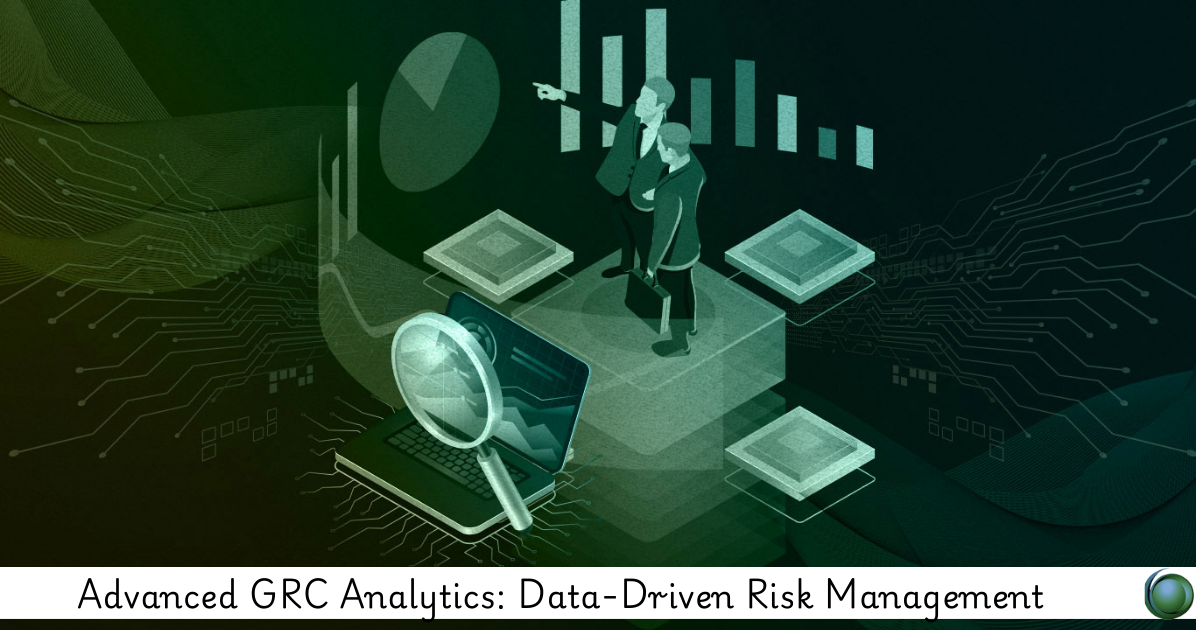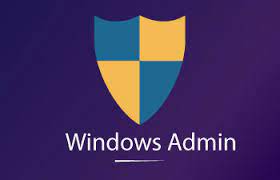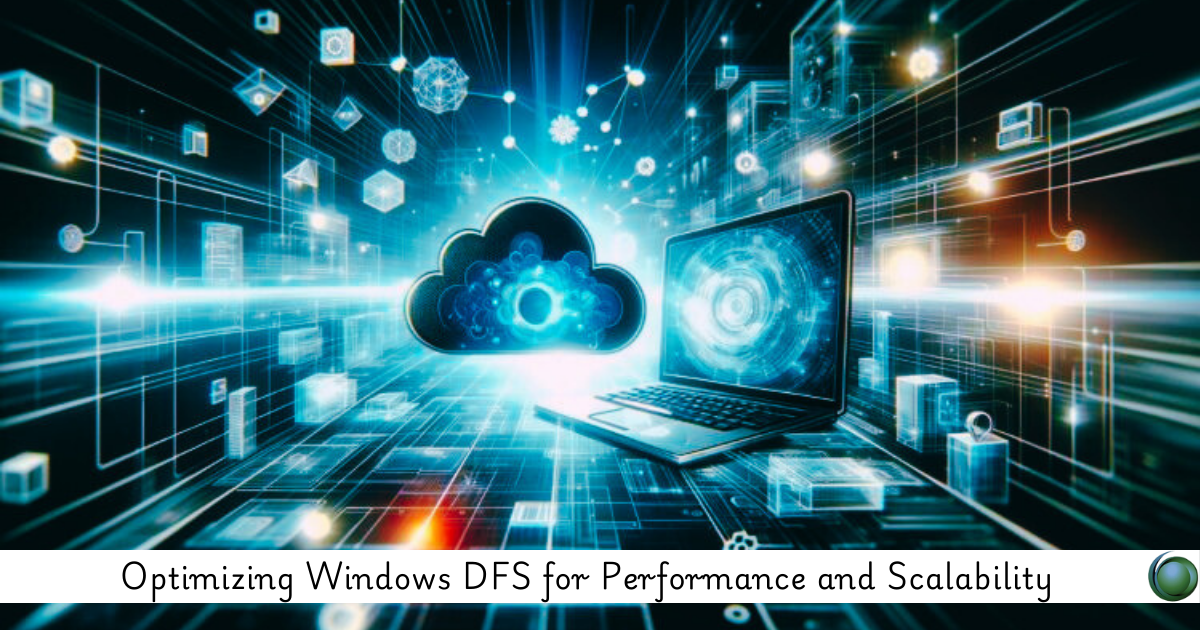Description
Introduction
In the era of data-driven decision-making, traditional governance, risk, and compliance (GRC) practices must evolve to incorporate advanced analytics. This course explores how organizations can leverage data analytics to enhance risk management and compliance processes, enabling more informed decisions, better risk prediction, and improved governance. Participants will gain insights into using advanced GRC analytics tools and techniques to drive proactive risk mitigation and ensure that organizations stay ahead of emerging risks in an increasingly complex business environment.
Prerequisites
- Basic understanding of GRC concepts and frameworks
- Familiarity with risk management and compliance processes
- Experience with data analytics concepts (e.g., data collection, analysis, and reporting)
- Knowledge of common regulatory standards (e.g., SOX, GDPR, HIPAA)
- Familiarity with analytics tools or platforms such as Power BI, Tableau, or Excel is a plus
Table of Contents
- Introduction to GRC Analytics
1.1 Overview of GRC Analytics in Modern Risk Management
1.2 The Role of Data-Driven Decision Making in GRC
1.3 Benefits of Integrating Advanced Analytics into GRC Practices - The Foundations of Data-Driven Risk Management
2.1 Understanding the Risk Landscape: Identifying Key Risk Indicators (KRIs)
2.2 Risk Quantification: Using Data for Accurate Risk Assessment
2.3 Predictive Analytics: Moving from Reactive to Proactive Risk Management - Collecting and Preparing Data for GRC Analytics
3.1 Identifying Relevant Data Sources for GRC(Ref: Optimizing GRC Tool Performance for Audit and Reporting)
3.2 Data Cleaning and Transformation for Accurate Insights
3.3 Integrating Internal and External Data for Comprehensive Risk Analysis - Advanced Analytical Techniques for GRC
4.1 Statistical Analysis for Risk Prediction
4.2 Machine Learning and AI for Risk Assessment and Mitigation
4.3 Text Analytics for Compliance Monitoring (e.g., policy documents, contracts)
4.4 Network and Graph Analytics for Mapping Risk Relationships - Real-Time Risk Monitoring and Dashboards
5.1 Building Interactive Dashboards for Continuous Risk Monitoring
5.2 Real-Time Data Integration: Leveraging Live Risk Data for Faster Response
5.3 Visualizing Compliance and Risk Data for Senior Management - Risk Scoring and Prioritization with GRC Analytics
6.1 Developing Risk Scoring Models for Prioritization
6.2 Integrating Risk Scores into Decision-Making Processes
6.3 Automating Risk Scoring with AI and Data Analytics - Advanced Techniques in Fraud Detection and Prevention
7.1 Using Anomaly Detection to Identify Fraudulent Activities
7.2 Implementing Real-Time Alerts and Response Systems
7.3 Leveraging Predictive Analytics to Combat Emerging Threats - Integrating GRC Analytics into the Enterprise Risk Framework
8.1 Aligning Analytics with Existing GRC Policies and Procedures
8.2 Leveraging GRC Analytics to Enhance Audit and Compliance Functions
8.3 Bridging the Gap Between Risk, Compliance, and Business Strategy - Optimizing GRC Analytics with Automation
9.1 Automating Risk Monitoring, Reporting, and Alerts
9.2 Integrating Robotic Process Automation (RPA) with GRC Analytics
9.3 Workflow Automation for Efficient Risk Mitigation - Case Studies and Industry Applications
10.1 Real-World Examples of Data-Driven Risk Management in GRC
10.2 How Leading Organizations Are Using Advanced GRC Analytics
10.3 Lessons Learned: Overcoming Challenges in GRC Analytics Adoption - Future Trends in GRC Analytics
11.1 The Role of Blockchain and IoT in Advanced Risk Management
11.2 The Impact of Regulatory Technology (RegTech) on GRC Analytics
11.3 Emerging Trends: AI, Deep Learning, and Automation in GRC
Advanced GRC analytics is transforming how organizations approach risk management and compliance. By integrating data analytics, machine learning, and automation into GRC processes, organizations can shift from reactive to proactive risk management, ensuring better alignment with regulatory requirements and enhanced organizational resilience. This course equips participants with the skills and tools to apply advanced analytics in their GRC frameworks, enabling data-driven decision-making and more effective risk mitigation. With the growing complexity of modern risks, mastering GRC analytics will help organizations stay ahead of emerging threats and maintain a robust compliance posture.







Reviews
There are no reviews yet.